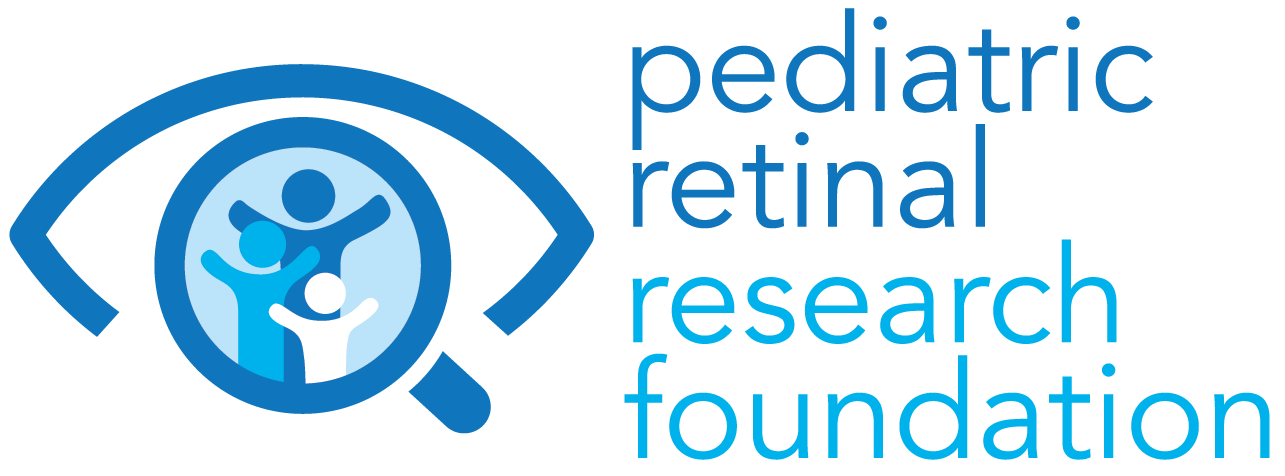The Fish Ladder of Life for the Visually Challenged Individual: Michael & Elizabeth
Fall is the time of year when shorter days, cooler nights, and lower water temperatures are accompanied by the annual migration of lake trout, salmon, and other species to return to their streams and estuaries of origin to spawn and complete the circle of life. The fish begin their return and encounter many obstacles on their way home, such as predator fish or birds, hydroelectric plants, locks, dams, and fishermen. In order for the species to survive, government organizations like the Army Corps of Engineers, Department of Natural Resources (DNR) as well as state and private corporations, have worked together to develop ways that allow the fish to overcome these barriers and flourish. These structures take many different forms and are sometimes referred to as a fish way, fish pass, fish steps, or fish ladder. Most fish ways enable fish to pass around the barrier by swimming and leaping up a series of relatively low steps (hence the term ladder) into the waters on the other side to reach their final destination. Since fish may need to climb many ladders, these fish ways are constructed with circulatory pools that allow for rest before continuing.
There are certain parallels between fish ladders and human development. Both have a beginning and an end and, in order to be successful, both fish and human need to overcome obstacles placed in their paths. Their final fate depends on a strong nurturing support system, persistence, durability, and a little bit of good fortune.
This brings us to Michael and Elizabeth. Michael Ryan Kazmierski Dunn and his twin sibling Elizabeth Madeline Kazmierski Dunn were born extremely premature at Helen DeVos Children’s Hospital (HDVCH) on March 28, 1996. Both children faced many challenges in the neonatal intensive care unit (NICU), including advanced Retinopathy of Prematurity. Despite laser treatment at 3 months of age, their disease progressed at a very aggressive rate and multiple surgeries were performed on each child during the first fifteen years of their lives. Despite best efforts, both have only light perception vision with no ability to read the printed word. The lack of vision was the largest fish ladder that both had to negotiate in their early years, but, like the fish trying to make their way home, both children had a fierce determination to excel and external support. In this case, it was from their family and friends.
Michael and Elizabeth attended summer camps for visually impaired children under the financial support of the State of Michigan, the Michigan School for the Blind, and private donations. Both children and others at the camp (affectionately referred to as Camp “T”) learned skills for basic self – care as well as creative studies, such as music and singing. At camp and home, both mastered the piano, sang duets, and performed at local restaurants. Michael also developed a love for the Uilleann Pipes (Irish Bagpipes). Unable to use traditional pipes because of his glaucoma, Michael developed his skill with an electronic version.
Nothing has stopped these two. They have participated in every Visually Impaired Sports and Activities Day (VISD) since its inception 20 years ago, playing for the group at lunch time starting at an early age. I can still remember Michael’s mother holding an umbrella over his head as he played an Irish hornpipe outdoor in the pouring rain! More recently, the VI Sports Day has included a talent show and Michael and Elizabeth are the mainstay of the event. They are not only appreciated for their talents but also for their abilities to get other children up on stage - singing a song, reciting a poem, or playing an instrument. It has become one of the most popular activities of the Day.
For our first car show fundraiser, CARS FOR A CAUSE, for the PRRF featured visually impaired children/young adult entertainers and entrepreneurs. Michael and Elizabeth practiced for the event with several other visually impaired performers and their entertainment was one of the most well received venues of the day. After graduation from high school, these two musically gifted individuals put on a concert at the St. Cecilia Society in Grand Rapids, playing pieces from Bach and Beethoven as well as more popular selections from Mumford and Sons, a British folk rock band, and Uilleann pipe music. Michael and Elizabeth have made a much cherished CD called “Twin Thistle”.
Behind this duo was the never ending commitment from their parents. Michael Kazmierski Sr., Michael and Elizabeth’s father, is their road agent. He brings all of the electronic equipment, props, and portable pianos to every function. He helped us write the grant from HDVCH to fund the VISD. Marianne Dunn, Michael and Elizabeth’s mother, attends every function and has been very proactive in their education as well as the development of job opportunities for visually challenged individuals.
The greatest amount of credit goes to Michael and Elizabeth themselves, who have always supported each other and worked hard to be the best they can be in everything they do. With the help of their parents and others, they have developed the formula to success: commitment to an ideal, desire to do their best, and uncompromising integrity. Both have graduated from college and are making plans for the next step of their journeys. In a sense, they are like the fish waiting in the whirlpool, getting ready to move on to the next destination in their journey.
~ Patrick J. Droste, MS, MD
